If you are a supporter of this Texas Longhorn Farm Blog, there is no need to dwell on how much pleasure our family gets from our Texas longhorn cattle at Green Valley Ranch.
Similarly, the Ranch itself affords us an overwhelming sense of joy. As a way of sharing, here is a glimpse into our world, apart from Texas longhorns.
The beautiful creatures are featured here because they showed up at our ranch and provided a moment in time, a gift, to capture an essence of their beauty. Their pictures are listed in no particular order.
I hope you enjoy this nature gallery of Texas Birds as much as I did taking them….Cathy
To visit our Texas Longhorn Cattle Salebarn CLICK HERE

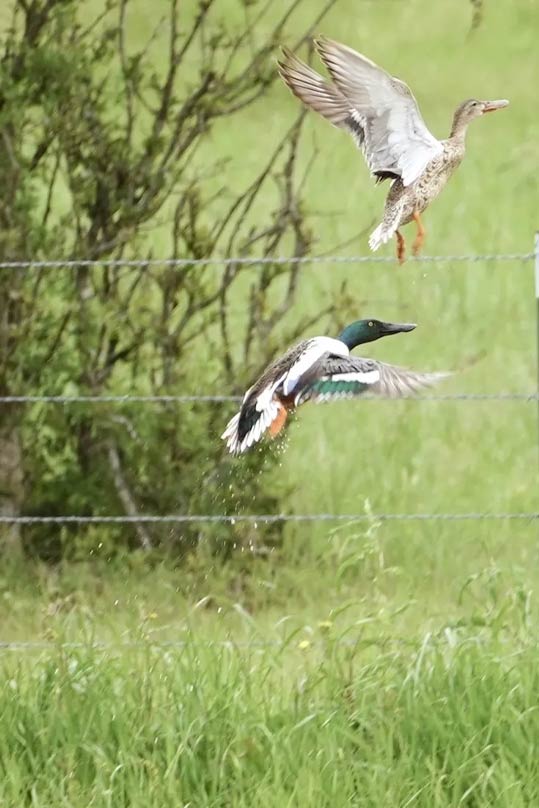

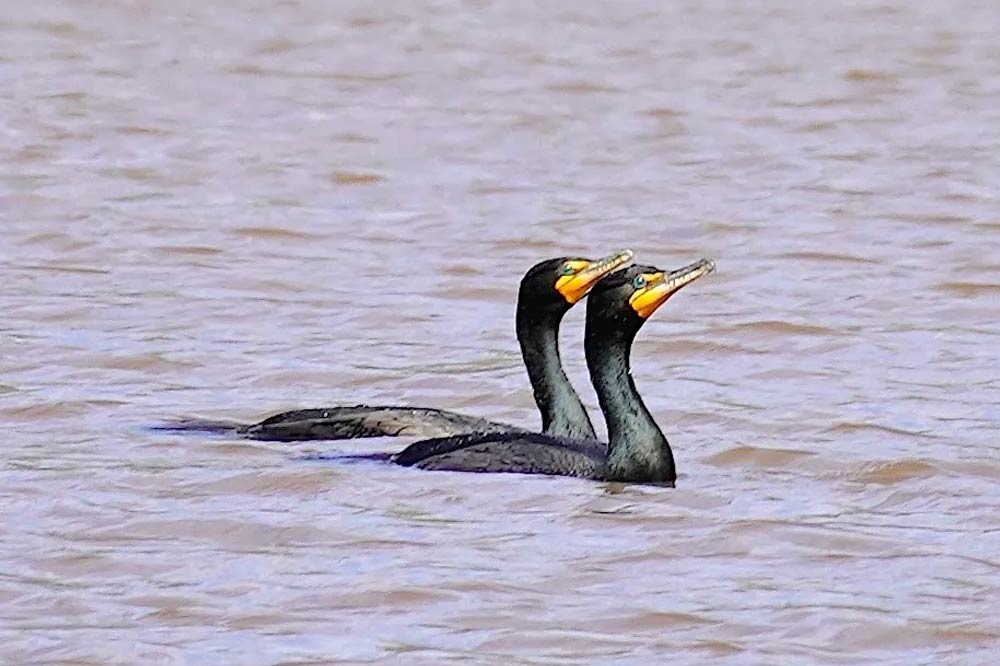
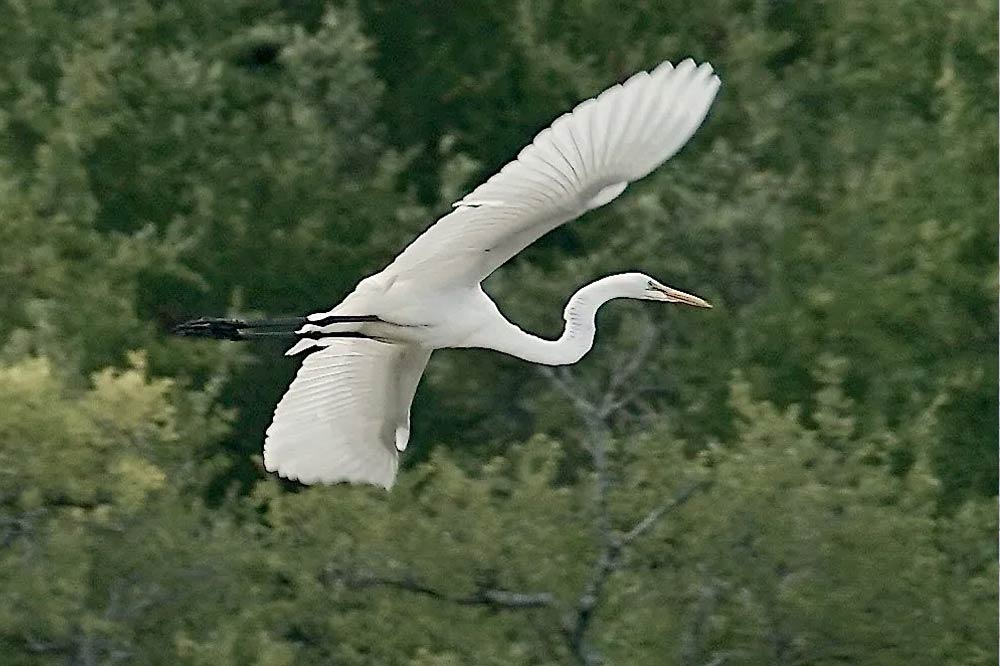
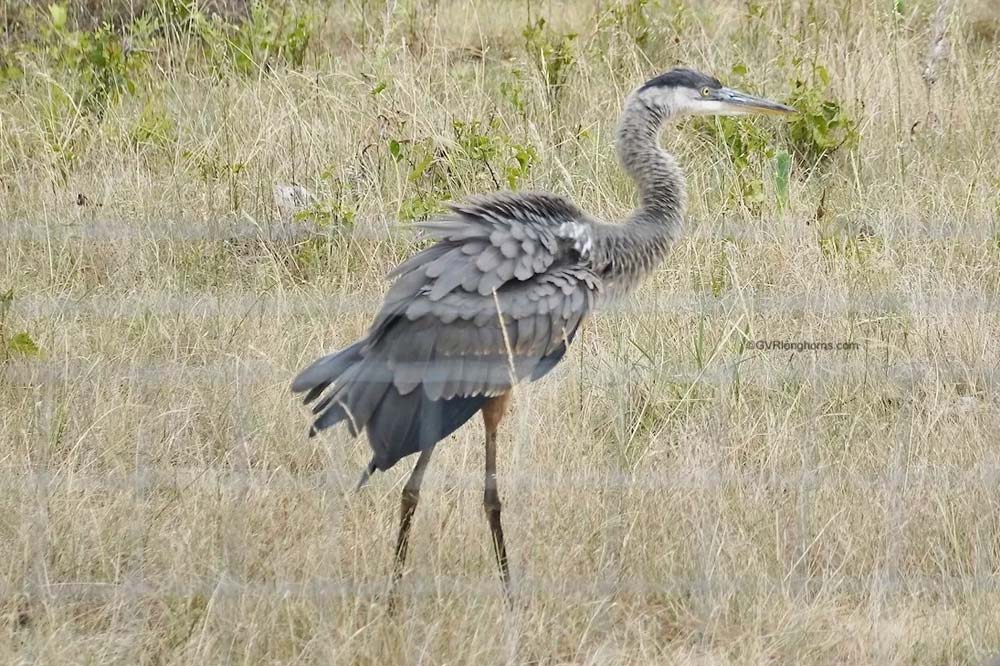
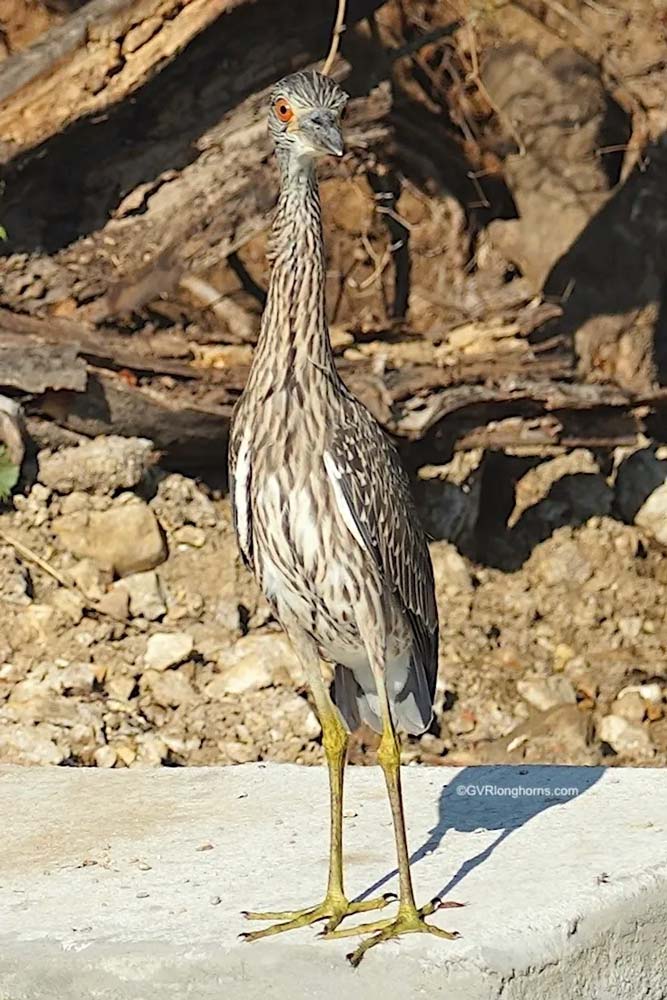
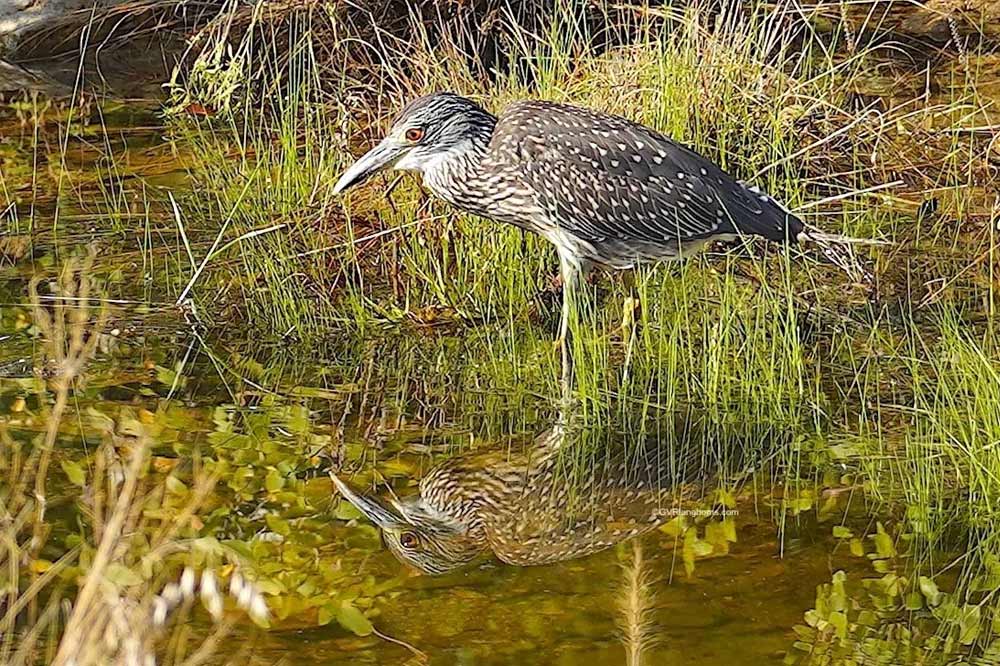
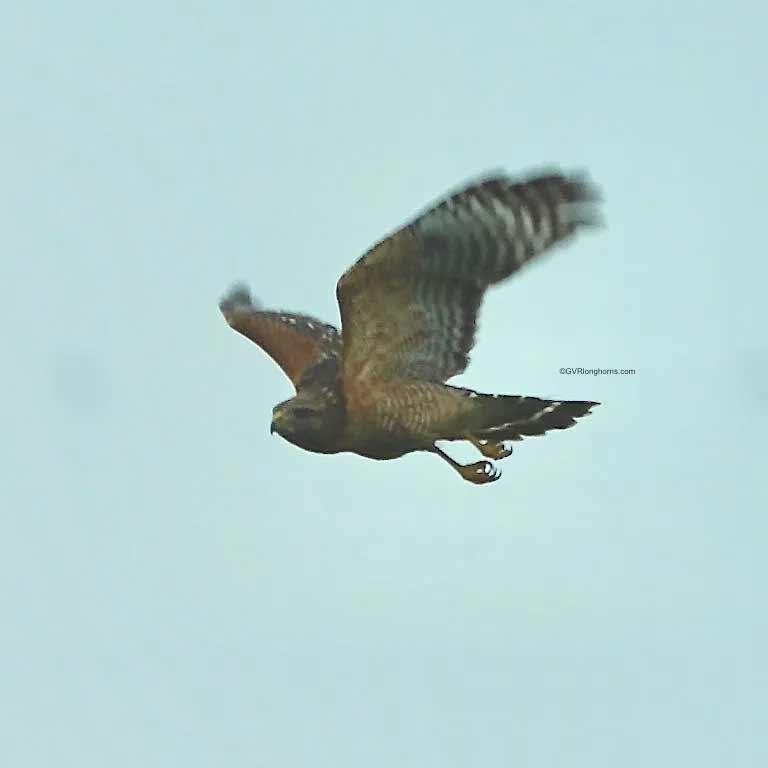
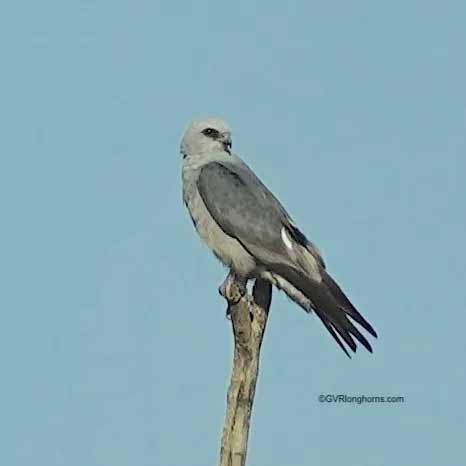
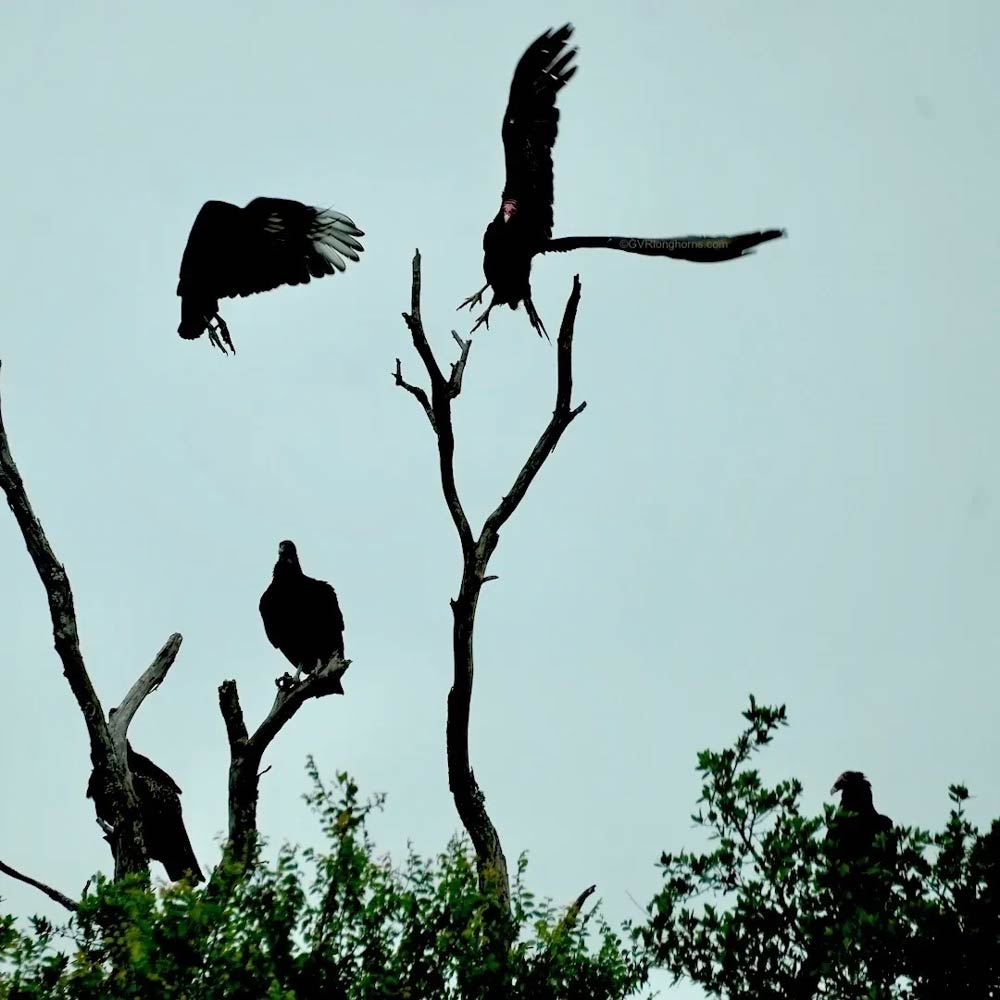
Turkey Vultures are present throughout the state of Texas. Most often referred to as buzzards, they actually are not. It is not uncommon to see them in flight but their nests are hard to find as they don’t actually build one. They breed throughout Texas, usually on the ground on twigs and leaves already there but will also use suitable abandoned buildings, caves and crevices.

Black vultures pair with their mates for long periods. They also feed their young for as long as eight months. Many ranchers complain of Black Vultures attacking their livestock, even calves, although we have yet to experience this- fortunately.
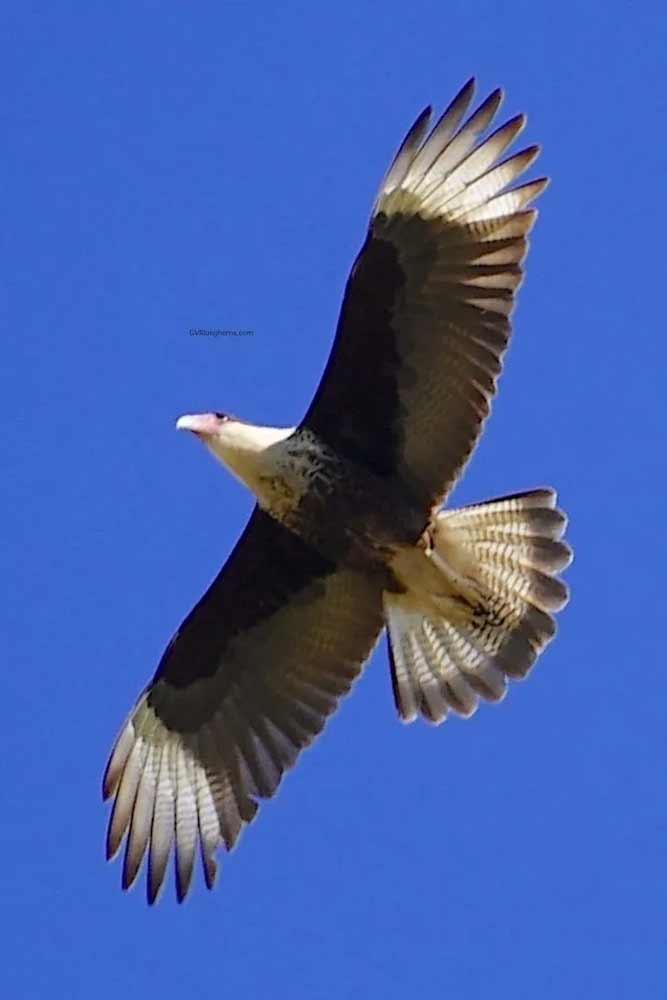
The Crested Caracara is an undisputed beauty. Unlike most raptors, it’s not a fussy eater and will eat food dead or alive.
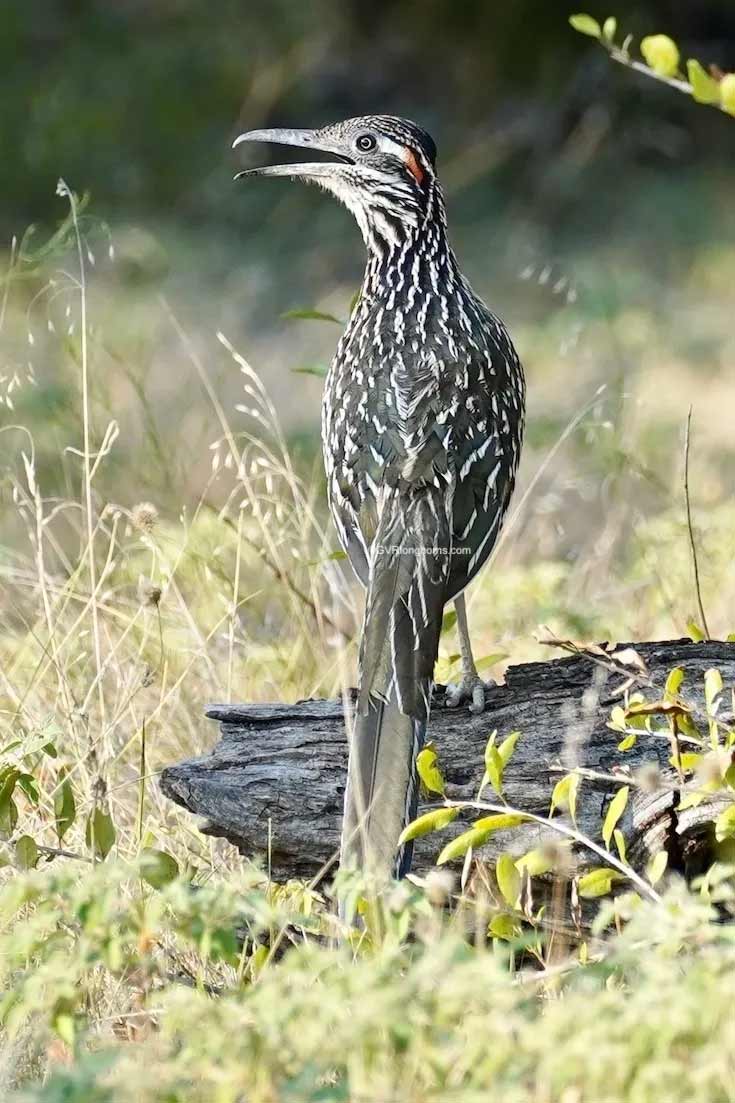
This blog would not be complete without a picture of a Greater Roadrunner. It’s no surprise that this photo was a long time in the planning and hard to capture. Roadrunners usually reach ground speeds of around 20 miles per hour but have been recorded as fast as 40m/h. The roadrunner is part of the cuckoo family.
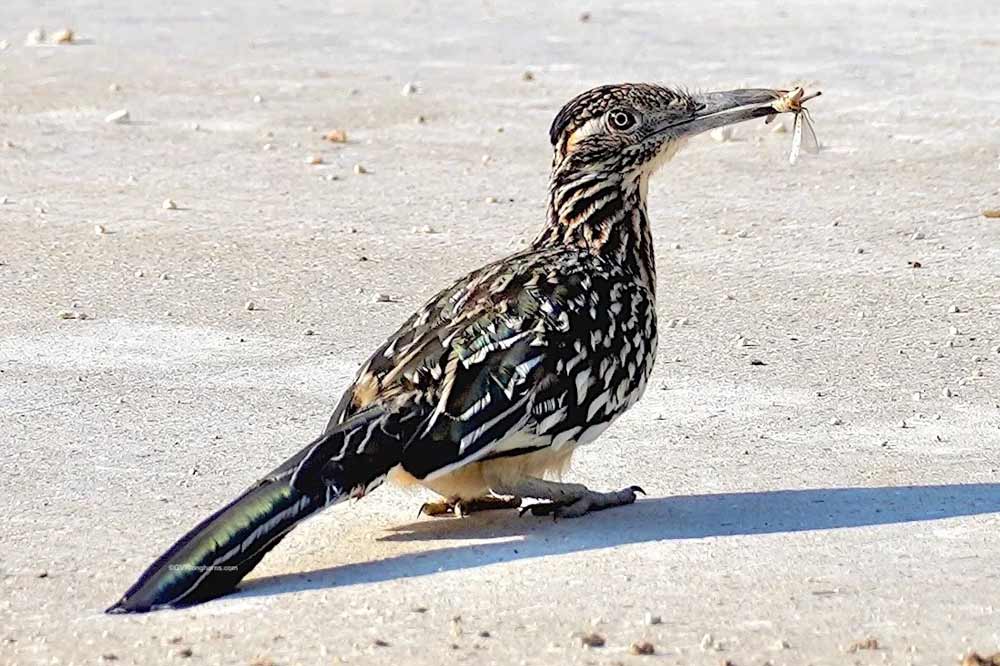
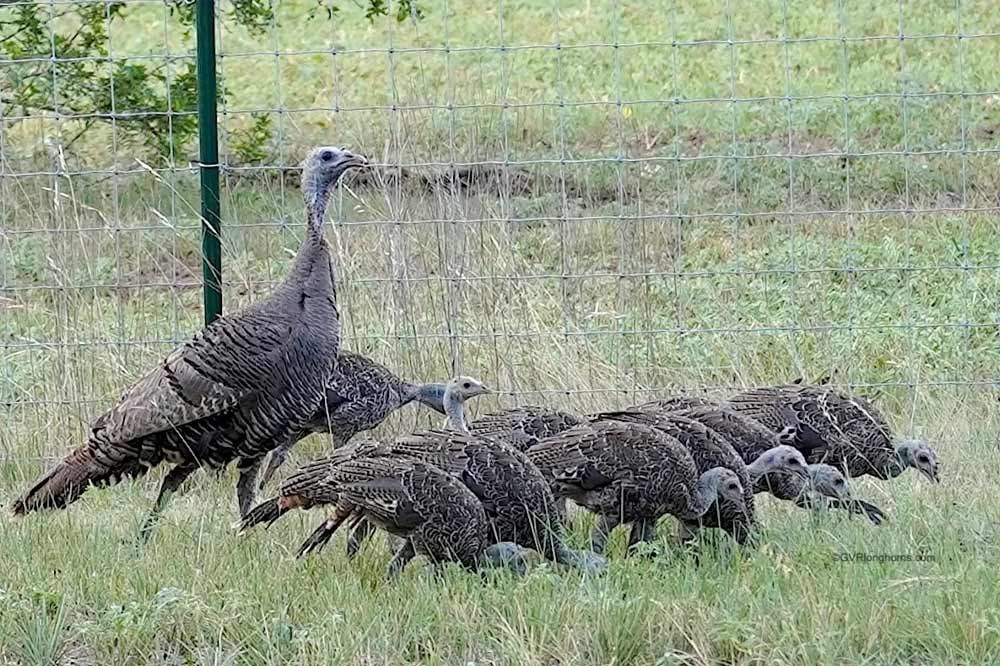
Turkeys are native to the US. There are three sub species of turkeys. This mama turkey has been raising her babies in our garden. She raised 11 of them successfully and they are now almost full grown.
Baby turkeys are called Poults.
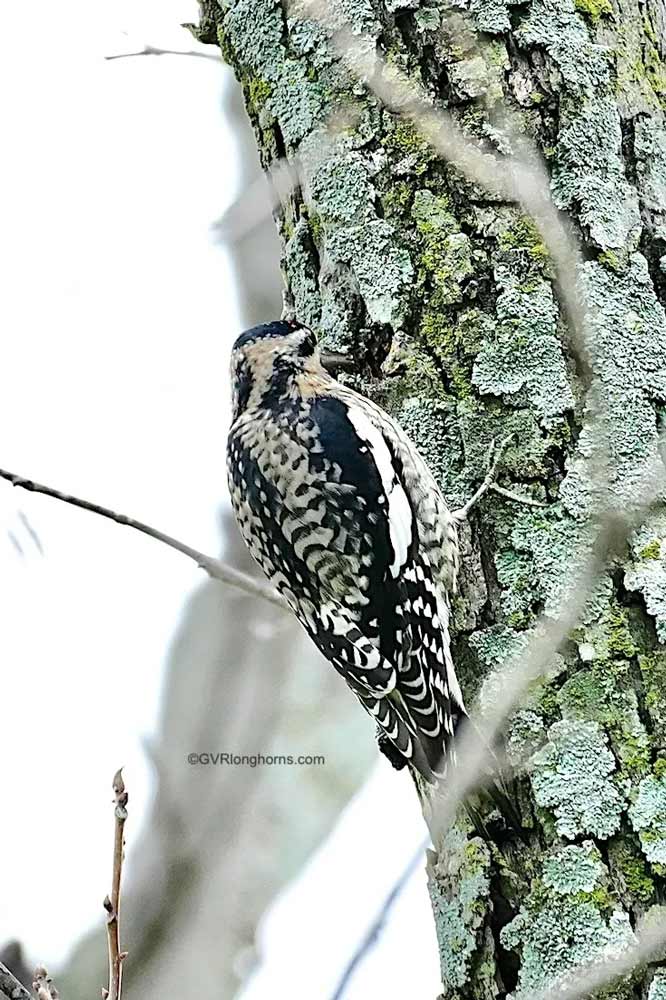
12 species of woodpeckers are found in Texas, some of which will feed readily at garden feeders and use bird baths. Depending on the species, they eat a variety of seeds, nuts, sap and insects.

18 species of hummingbirds have been recorded in the state of Texas
The Ruby-Throat Hummingbird is the most commonly seen.
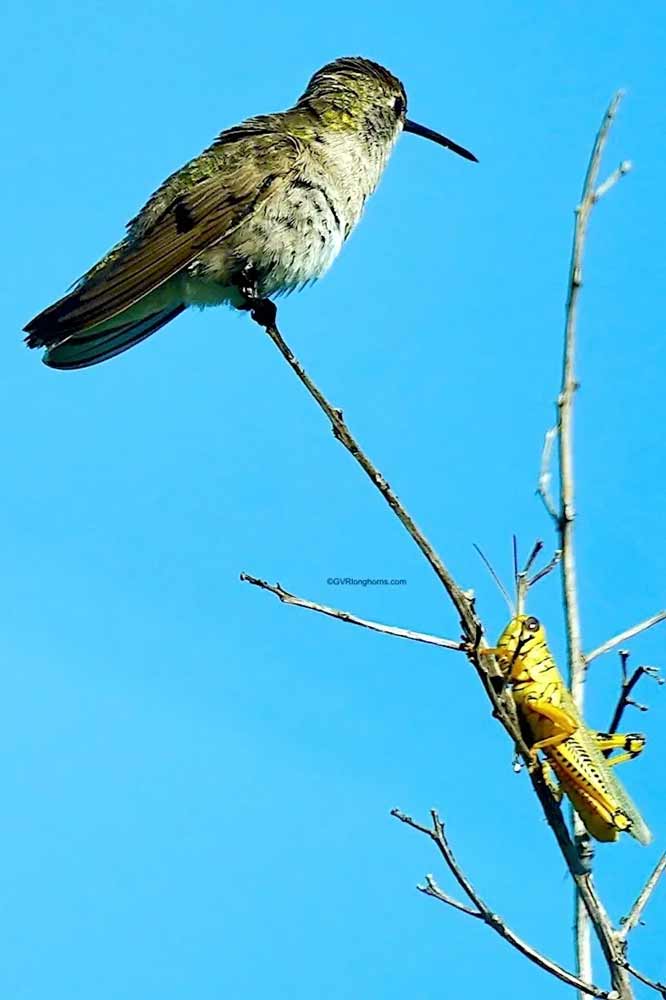
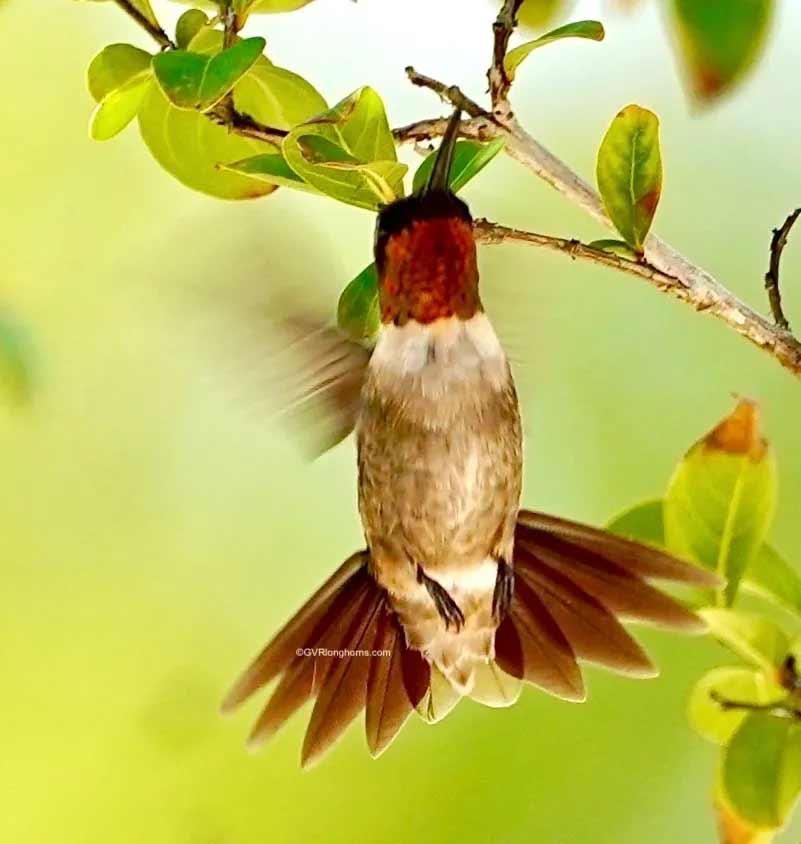
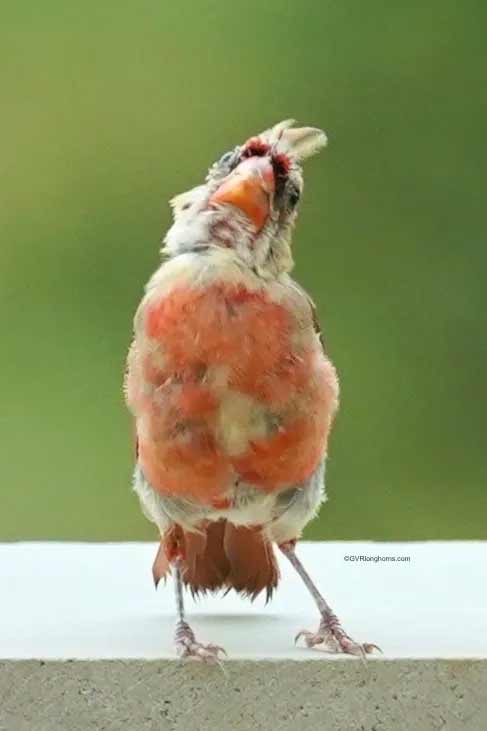
Cute baby picture or ugly cardinal photo- you decide! Either way, when cardinals find their mate, they pair for life. They are one of 200 bird species that cover themselves in ants, possibly to keep lice away.
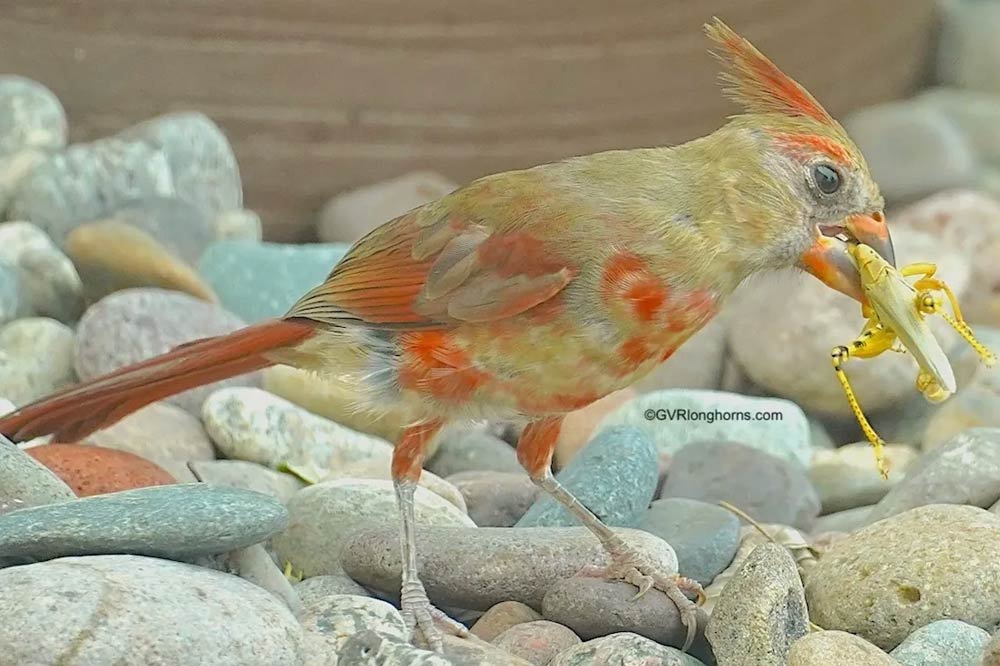
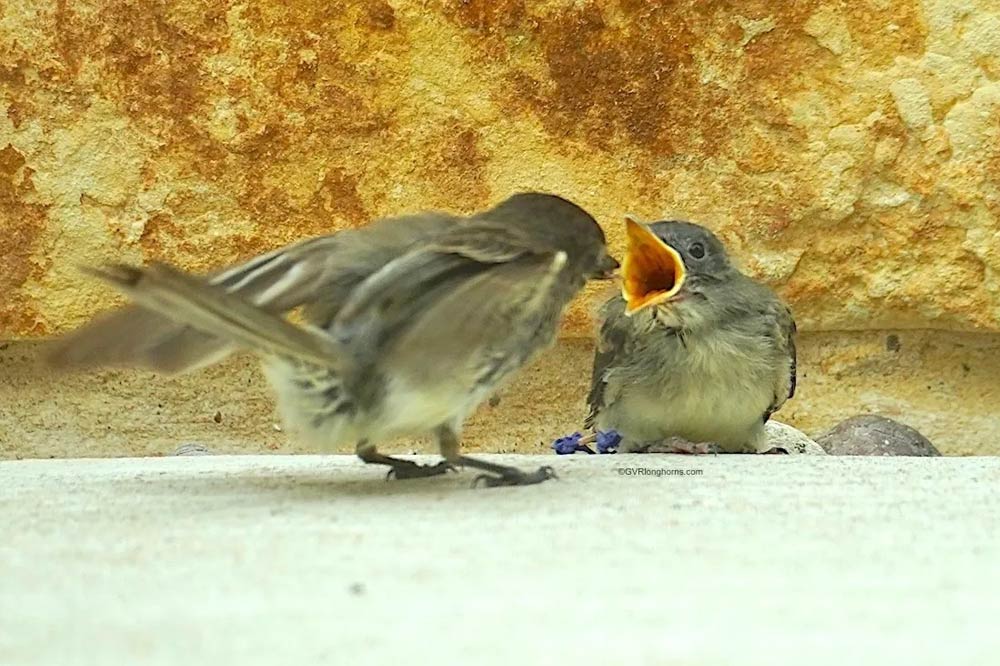
The picture above is an Eastern Pheobe feeding its fledgling. Their young usually leave the nest after 16 days. This one left early and hasn’t got the hang of flying yet. Never the less, both parents take turns and continue to bring their fledgling food.
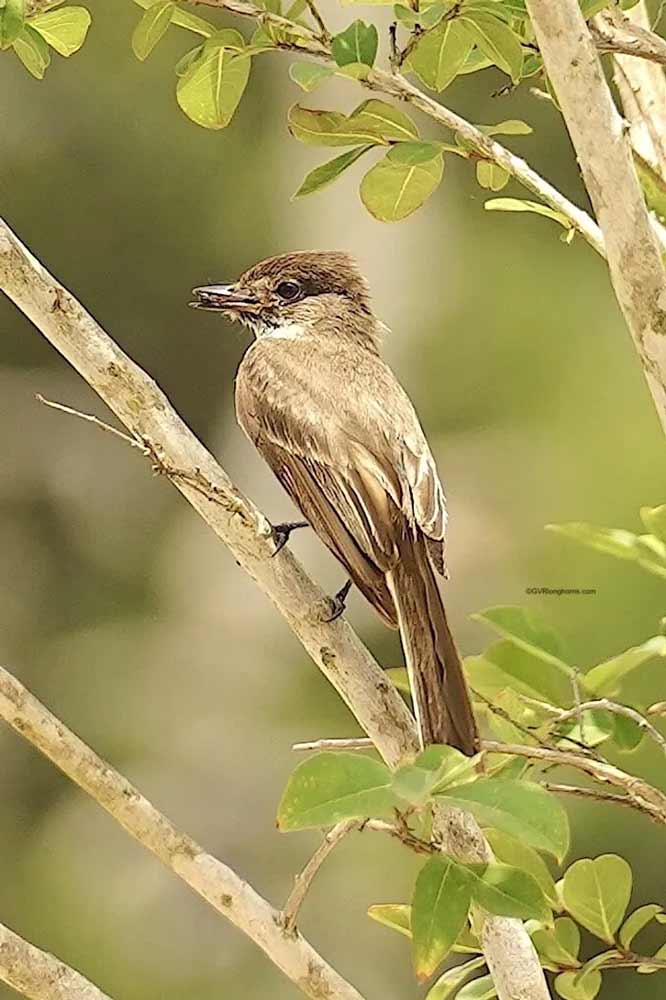

I believe this is a Yellow Warbler. I’ve only ever seen him this one time. I wish there were more around as they are mostly insect eaters and very efficient at it. They eat anything from caterpillars to wasps, and most other bugs in between.
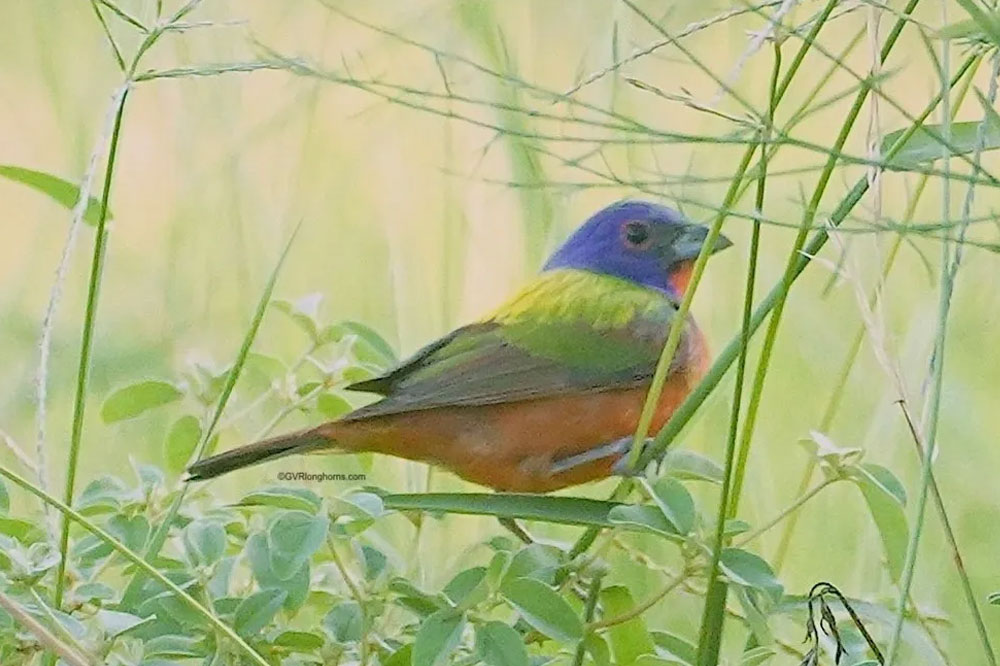
Painted Buntings are common on our Ranch as they are in most parts of Texas. But even so, they are difficult to spot as they prefer a bushy habitat. The best chance of seeing a Painted Bunting is in the early mornings when the male comes out to sing. In 1841, John James Audubon recored that these birds were captured as cage birds. Although this practice is now illegal, they are still traded in some parts of the world.
For similar posts on Texas Wildflowers
Wild about Wildflowers? Here are 7 Texas wildflower facts
The Indian Paintbrush, a legend retold and a legendary man
How the Indian Blanket got its colors – 3 legends covered
For all posts on Texas Longhorn Cattle – Farm Blog
References
https://txmn.org/elcamino/files/2010/03/Chasing-Hummingbirds-Across-Texas_5.pdf
https://txtbba.tamu.edu/species-accounts/great-blue-heron/
https://www.allaboutbirds.org/guide/Black-bellied_Whistling-Duck/overview
https://www.allaboutbirds.org/guide/Northern_Shoveler/overview
https://www.ducks.org/conservation/waterfowl-research-science/the-scoop-on-duck-bills
https://www.allaboutbirds.org/guide/Blue-winged_Teal/overview
https://birdfeederhub.com/hawks-in-texas/
https://txtbba.tamu.edu/species-accounts/turkey-vulture/
https://txtbba.tamu.edu/species-accounts/crested-caracara/
https://tpwd.texas.gov/publications/pwdpubs/media/pwd_bk_w7000_0827.pdf
https://birdfeederhub.com/woodpeckers-in-texas/
https://txtbba.tamu.edu/species-accounts/black-vulture/
https://www.worldbirds.org/cardinal-bird-facts/
https://en.wikipedia.org/wiki/Hummingbird
https://www.allaboutbirds.org/guide/Yellow_Warbler/lifehistory
https://tpwd.texas.gov/huntwild/wild/species/kites/
https://www.audubon.org/field-guide/bird/mississippi-kite
https://www.allaboutbirds.org/guide/Painted_Bunting/overview
https://tpwd.texas.gov/huntwild/wild/species/paintedbunting/
https://fontanalib.wordpress.com/2018/05/16/lets-clear-the-air-a-vulture-is-not-a-buzzard/
Disclaimer: All material noted above is based on our hands- on experience as ranchers, as well as our observations of our own cattle over the years. We have done and continue to do extensive research in order to maintain our herd‘s optimum health. However, all opinions and statements made on our website are meant as guidelines only. We are not qualified statisticians/ veterinarians and urge you to consult a specialist with your concerns. Content of this blog belongs to GVR Longhorns LLC and may not be copied in any form. ©GVRlonghorns.com All rights reserved.
